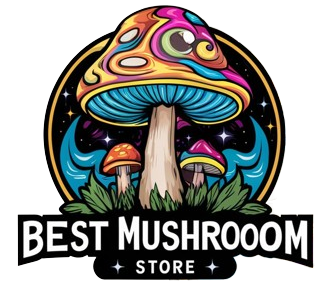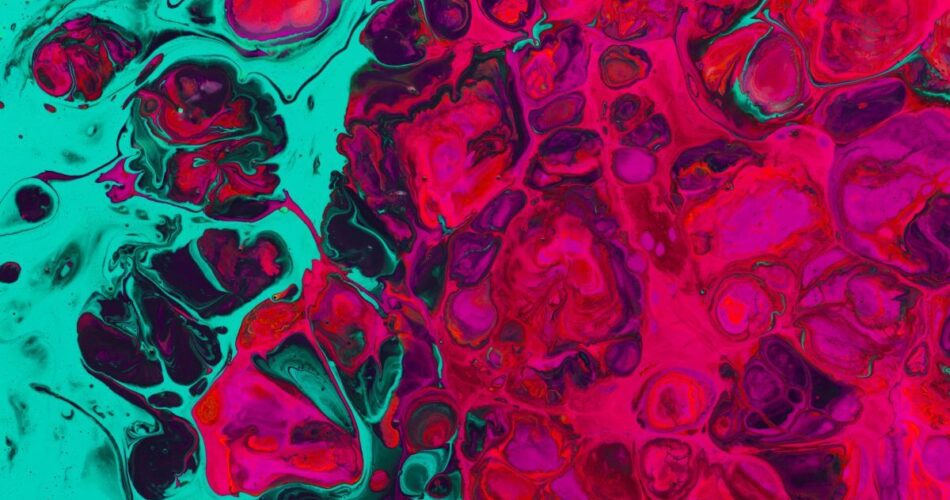The term “psychedelic” derives from the Greek words “psyche” (mind) and “delos” (visible), meaning “mind-manifesting”. Read on to learn more about psychedelics.
What Are Psychedelics?
Psychedelic substances are a class of drugs whose primary action is to trigger psychedelic experiences via serotonin receptor agonism, causing thought and visual/auditory changes, and altered state of consciousness. Major psychedelic drugs include mescaline, LSD, psilocybin, and DMT. Studies show that psychedelics are relatively physiologically safe and do not lead to addiction. However, there is a potential for adverse psychological reactions such as anxiety, panic, and paranoia. Psychedelics have been used in traditional medicine and spiritual rituals for centuries.
Psychedelics Vs. Depressants
Depressants or “downers”, which decrease nervous system activity, are also considered to be psychoactive, although these are often classified separately from psychedelics as they have dissimilar effects to psychedelics upon the user.
Effects of Psychedelics on the Brain
Psychedelics act on the 5-HT2A receptor in the prefrontal cortex, inducing a heightened sense of self-awareness. Psychedelic experiences may be described as transcendental or mystical in nature and include sensory enhancement, changes in thought patterns, trance-like states, euphoria (including sexual euphoria), withdrawal symptoms such as depression or anxiety upon cessation of use, perceptual abnormalities such as synesthesia (for example, seeing sounds as colors), hallucinations (visual or auditory), increased suggestibility, feelings of insightfulness or déjà vu (including visions of past lives), depersonalization/derealization phenomena and out-of-body experiences.
A Bad Trip: What Is a Psychedelic Experience?
A psychedelic experience (or ‘trip’) is a temporarily altered state of consciousness induced by the consumption of psychoactive drugs (such as mescaline, LSD, psilocybin, and DMT). Psychedelics are thought to act primarily by temporarily disrupting communication between brain networks responsible for mental functions such as cognition and mood. This disruption results in a wide range of alterations to normal thinking and behavior. These experiences are often compared to non-ordinary forms of consciousness such as trance, meditation, dream sleep, and near-death experiences.
Types of Psychedelic Drugs
The most common types of psychedelics are the classical psychedelics which include naturally occurring substances such as psilocybin, DMT, mescaline, and LSD as well as synthetic substances such as 2C-B, DOI, and 25I-NBOMe. There are other classes of psychedelic drugs that do not fall into this category: dissociatives such as PCP and ketamine; deliriants such as diphenhydramine and atropine; and oneirogens such as Salvia divinorum and Calea zacatechichi.
Psilocybin: Magic Mushrooms
Magic mushrooms can be found in various places like grasslands, pastures, woods and even dunes. They look like ordinary mushrooms with a brownish cap on top, however they are hallucinogens. Researchers have discovered more than 200 species of magic mushrooms. Magic mushrooms can also be grown artificially. And when they are consumed, they give the consumer an altered state of consciousness.
History of Magic Mushrooms
Magic mushrooms are popular among recreational drug users because they can induce euphoria and hallucinations. In the 1960s, they were used by some psychotherapists to treat depression, alcoholism and other psychological disorders. For many years, the use of psychedelic drugs was virtually nonexistent except in certain underground circles. But their use has been on the rise in recent years.
How Does Psilocybin Work?
The active compound which is responsible for the hallucinations is Psilocybin. This compound when ingested triggers hallucination by activating the receptor cells in the brain which produces serotonin (also known as the happy hormone). Psilocybin usually comes from certain types of mushrooms that grow in Mexico and Central America, or from dried mushrooms or mushroom powder. The effects of magic mushrooms typically last three to six hours when taken orally.
LSD
LSD is one of the most commonly used psychedelics in North America. It is a semisynthetic drug, which means that it is made from a chemical that is originally found in nature, ergot fungus – a type of mold which grows on grains like rye.
LSD History
LSD was first synthesized by Albert Hofmann in 1938 when he was trying to create a blood stimulant. He didn’t discover its psychedelic effects until 1943 when he accidentally ingested a small amount. The early years after World War 2 were an exciting time for the psychedelic community. It was considered to have great potential for both psychiatry and therapeutic uses, and was even used as part of psychotherapy in mainstream medical settings.
In 1966, LSD became illegal in the United States, and shortly thereafter in many other countries around the world. But while it may be illegal to use LSD, research into its benefits continues to thrive and has shown promising results for various mental health issues.
MDMA
MDMA (3,4-methylenedioxymethamphetamine) is a synthetic drug that’s often referred to as “ecstasy.” It’s a stimulant that can produce feelings of euphoria. The way it works is that it stimulates the release of serotonin and dopamine in the brain, which are two chemicals known to have an impact on mood.
There’s no conclusive evidence that MDMA causes long-term damage to your brain. However, it isn’t completely clear what psychological effects the drug has on users – some people report high levels of anxiety, paranoia and depression, while others report feeling more connected with others than ever before. The most serious danger comes from mixing MDMA with other drugs such as methamphetamine and alcohol.
Psychedelic Research and Therapeutic Potential
More recently, a growing body of research has confirmed what shamans and sages have long known: that psychedelic substances can indeed serve to augment the healing process, especially when administered under carefully controlled conditions. In particular, recent research has demonstrated that psychedelics may be effective in treating depression, anxiety, post-traumatic stress disorder (PTSD), alcoholism, opioid addiction and other substance use disorders.
Some Medications Do not Work
The renewed interest in psychedelics is largely due to the growing recognition of the limitations of conventional pharmacological and psychological treatments. For example, antidepressants are among the most commonly prescribed drugs in the United States, but studies have found only modest benefit compared with placebo. Similarly, while exposure therapy is considered a first-line treatment for PTSD, as many as 50% of patients fail to respond.
There is growing evidence that psychedelic-assisted therapy can help fill this gap by providing significant benefits for people struggling with mental health issues that have not responded to conventional treatments.
Dangers of Using Psychedelics
There is no doubt that psychedelics can be extremely dangerous. There are numerous instances of people committing suicide after taking psychedelics, or getting into car accidents while under the influence. Psychedelics are also illegal in many countries around the world, which means that if you take them and get caught, there is a high chance that you will be put in jail. However, there are also some other dangers to consider when using psychedelics.
Negative Effects
The negative effect includes, among others, loss of control or overdose. Even though, there is no such thing as a fatal dose of psychedelics (unless perhaps you inject pure LSD directly into your bloodstream), it is possible to overdose on psychedelics and have a very bad experience. This tends to happen most often when someone takes a lot more than they meant to or when they combine drugs together, which can be very dangerous.
Similar Posts:
- Crystal LSD & Human Serotonin Receptors | LSD Crystal Structure
- Prozac and Shrooms: Is This Antidepressant Safe to Take With Psilocybin?
- Psilocybin in Magic Mushrooms and Its Therapeutic Potential
- Zoloft and Shrooms. Combining Antidepressants With Magic Mushrooms
- Molly vs LSD: Comparison of the Effects of LSD and MDMA
- Effects of Shrooms: How Hallucinogenic Psilocybin Works
- LSD and SSRI | Is It Safe to Take Psychedelics With SSRIs?






